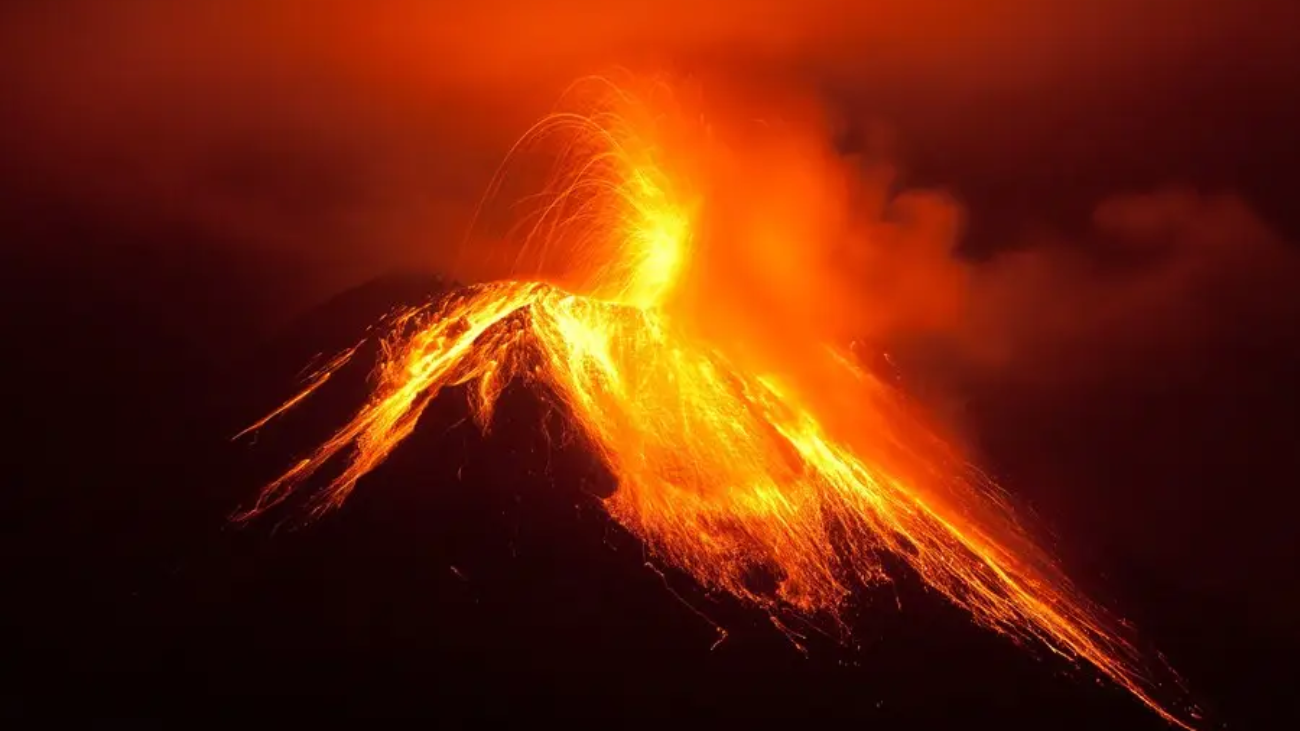Groundbreaking study reveals precious metals are slowly leaking from Earth’s core through volcanic rock.
A stunning new discovery reveals that nearly all of Earth’s gold – an astonishing 99% – lies buried in our planet’s molten core, approximately 3,000 kilometers beneath the surface. Published in Nature by researchers from Germany’s University of Göttingen, the study shows these precious metals are gradually making their way upward through volcanic activity.
Key Findings:
-
Enough gold exists in Earth’s core to blanket the entire planet in a 50cm-thick layer
-
Traces of core material detected in Hawaiian volcanic rocks
-
First-ever evidence that heavy metals migrate from core to surface
-
Process occurs over billions of years through slow geological movements
The research team made their breakthrough by analyzing ruthenium-100 isotopes in volcanic rocks from Hawaii. “When we got the first results, we realized we’d literally struck gold,” said lead researcher Nils Messling. Their cutting-edge analysis technique detected minute chemical signatures proving the material originated at the core-mantle boundary.
How Earth’s Gold Got Buried
During Earth’s formation 4.5 billion years ago (the “iron catastrophe”), dense elements like gold sank to the core while meteorite impacts deposited metals near the surface. Until now, scientists only knew light elements like helium could escape from the core.
Volcanic Islands as Gold Pathways
Co-author Matthias Willbold explains that rising superheated rock from the core-mantle boundary helped form volcanic islands like Hawaii. Over geological time, this process may have brought up quadrillions of tons of material containing trace precious metals.
Commercial Mining? Not Possible
While fascinating, researchers confirm:
✖ 3,000km depth makes extraction impossible
✖ Extreme temperatures (5,000°C+) prevent access
✖ Process occurs over millennia – far too slow for human timescales
“This completely changes our understanding of Earth’s inner workings,” Messling concluded. The findings may explain why surface deposits contain more precious metals than asteroid impacts alone could account for.


Leave A Comment